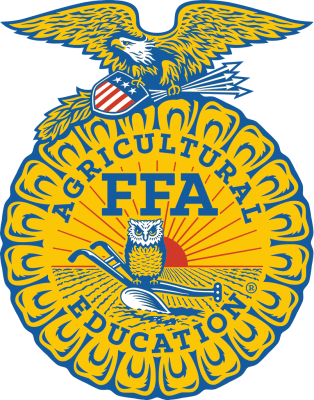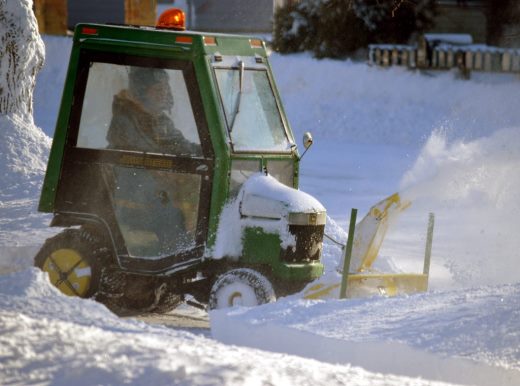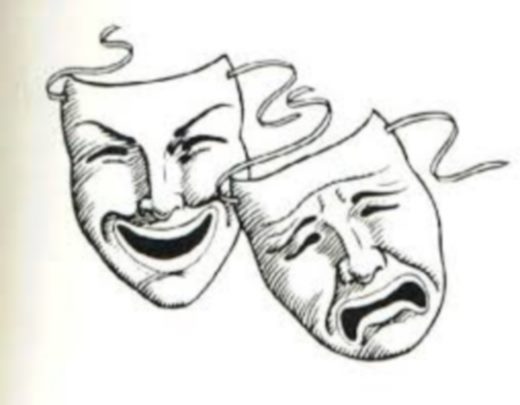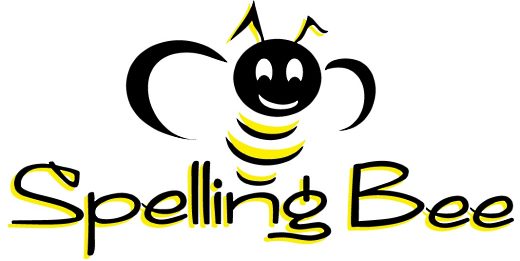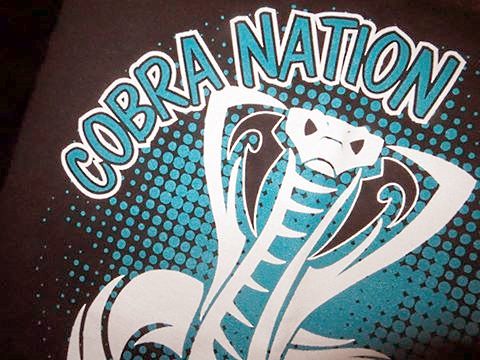Karen Soutthivong next author in 2016-2017 MLHS senior student editorial series
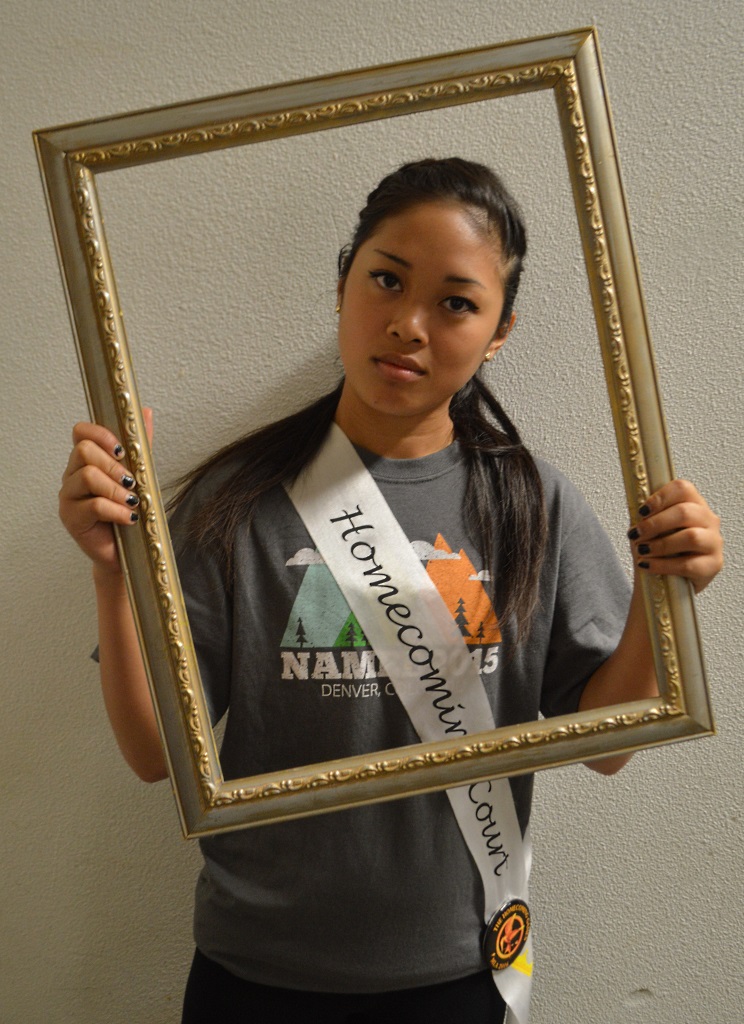
Eating Into Danger
Middle-schooler Noah Akes (13-years-old) died after choking on a hot dog at a hot dog-eating contest held at San Pedro, California in 2010 that benefited the victims of the Haiti earthquake in 2010. Noah put his health and life in danger like many other competitive eaters. Unfortunately, competitors are jeopardizing their health and lives just to train and compete in these competitions.
These competitions may seem silly, but the competitors train for this sport by eating low calorie foods, entire heads of boiled cabbage,and insanely large amounts of food, hoping to achieve world records and win prizes. When training, the most important part is ignoring the feeling of being “full.” Trainees train three times a week by eating six-to-eight pounds of steamed broccoli and cauliflower in 20 minutes, and then wash it down with a gallon of water. Not only do they stretch their stomachs, but, according to mentalfloss.com, Yassir Salem (an eating competitor) works out his jaw muscles by chewing on six pieces of gum at a time. He also chews on silicone tubes from his doctor, which are usually prescribed to people who receive jaw surgery.
Over the years, competitive eating has become an industry with stars, managers, corporate sponsors, international marketing, a pro league and tons of money. According to Majorleagueeating.com, MLE (Major League Eating) offers 85 contests with $600,000 in prizes and secures many sponsors, such as Heinz, Old Navy, Coca-Cola and Netflix.
Because so much money is involved in the competitive-eating industry, this industry is very strict. With this in mind, each entrant who decides to be a part of MLE must sign a contract that restricts the freedom to earn money outside of MLE. In fact, famous competitor Takeru Kobayashi was arrested in 2010 for competing in contests and earning money outside MLE’s competitions.
Not surprisingly, many dangers are connected to competitive eating. When the stomach stretches too much, it cannot go back to its original size, which can cause intractable nausea, gastroparesis or stomach paralysis. Training for eating contests can also cause gastric ruptures and a drop in sodium levels, which can lead to seizures and also trigger an eating disorder. Less serious, yet still negative effects include obesity, high cholesterol, and high blood pressure. In light of these risks, why would these competitors put their health at risk for prizes?
According to nathansfamous.com, each hot dog at eating contests contains 220 calories, 17 grams of fa, and 710 milligrams of sodium! Joey Chestnut’s record is 69 hot dogs in 10 minutes. That means he consumed 15,810 calories, 1,173 grams of fat and 48.990 grams of sodium.
In the long run, competitive eating jeopardizes the health and lives of competitors. The prizes are not worth the health risks to the competitors, so these competitions should not be promoted. America is considered obese already, and we have to make a change by not supporting these events and teaching the next generation that these contests are not okay.



